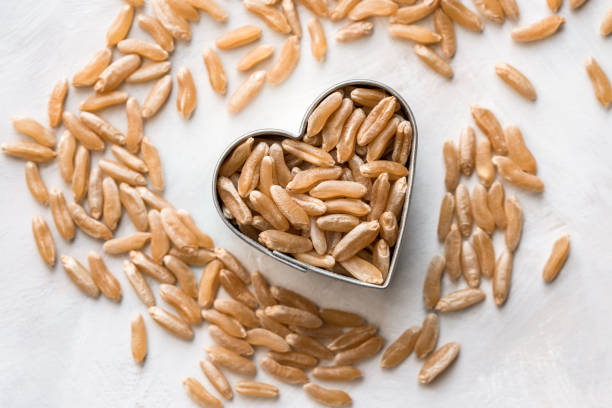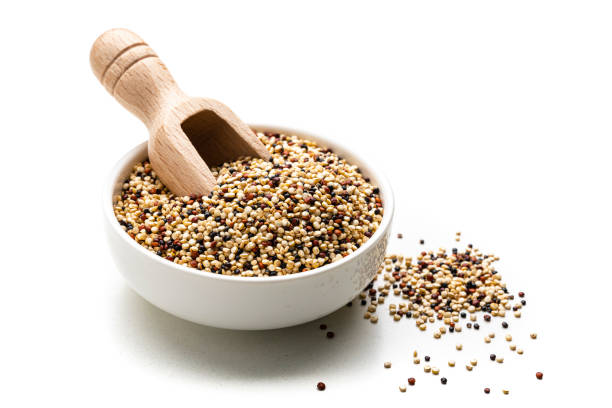In the realm of ancient grains, Kamut, with its distinctive name and rich history, emerges as a nutritional powerhouse, offering a unique blend of essential nutrients and healthful benefits. Often referred to as Khorasan wheat, Kamut has captivated the attention of those seeking ancient grains for both their robust flavor and nutritional density. Let’s delve into the nutritional richness that makes Kamut a cherished and wholesome choice in the world of grains.
Whole Grain Goodness:
Kamut maintains its whole grain integrity, embodying the complete kernel with its bran, germ, and endosperm. This characteristic ensures that Kamut retains a higher concentration of essential nutrients compared to refined grains, promoting a nutrient-dense diet.
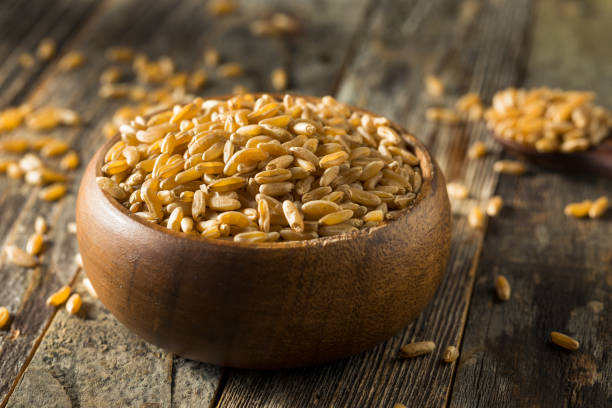
Protein Prowess:
Kamut stands out for its notable protein content among grains. Protein is essential for various physiological functions, including muscle repair, immune support, and the synthesis of enzymes and hormones. The protein in Kamut contains a range of amino acids, contributing to its value as a plant-based protein source.
Rich in Dietary Fiber:
Kamut is a commendable source of dietary fiber, encompassing both soluble and insoluble fibers. This fiber content is instrumental in supporting digestive health by promoting regular bowel movements, preventing constipation, and fostering a healthy gut microbiome. Kamut’s fiber richness contributes to a feeling of fullness, aiding in weight management and overall digestive wellness.
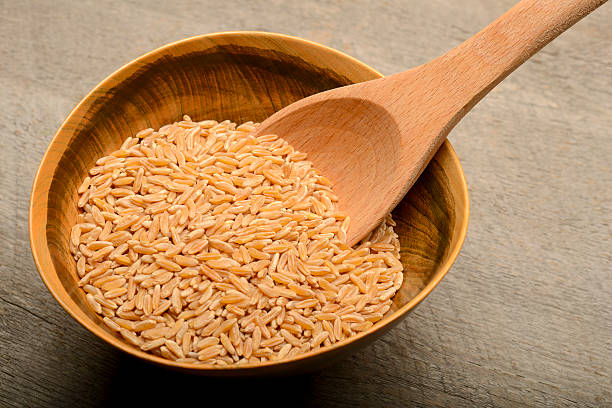
Abundance of Essential Minerals (Selenium, Magnesium, Zinc):
Kamut provides essential minerals crucial for various physiological processes. Selenium, found in significant amounts in Kamut, acts as an antioxidant, supporting immune function and protecting cells from oxidative stress. Additionally, Kamut contains magnesium, vital for muscle and nerve function, and zinc, essential for immune system support and wound healing. The mineral ensemble in Kamut contributes to overall well-being.
Vitamin Diversity (B Vitamins):
Kamut contributes to the B-vitamin spectrum, featuring thiamine (B1), riboflavin (B2), niacin (B3), and folate. These B vitamins play essential roles in energy metabolism, nervous system function, and the synthesis of DNA. The presence of B vitamins in Kamut adds to its nutritional diversity and supports metabolic vitality.
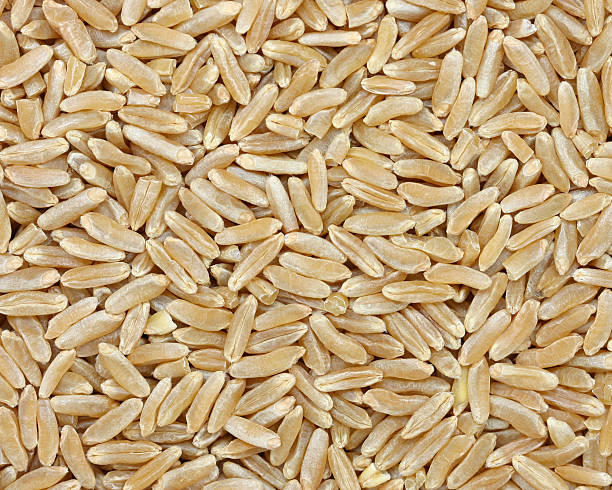
Antioxidant Properties:
Kamut contains antioxidants, including polyphenols, which play a role in neutralizing free radicals and reducing oxidative stress. These antioxidants contribute to cellular health and may support the prevention of chronic diseases associated with inflammation and oxidative damage.
Culinary Versatility:
Kamut’s culinary versatility extends from being used in bread and pasta to being incorporated into salads, pilafs, and cereals. Its rich, nutty flavor and chewy texture make it a delightful addition to a variety of culinary creations, both savory and sweet.
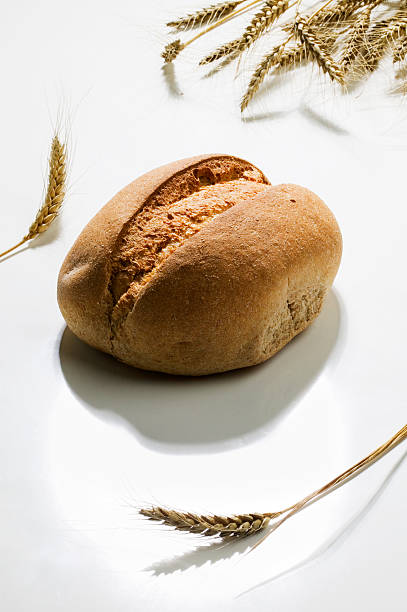
In conclusion, Kamut, with its whole grain integrity, protein richness, and nutrient diversity, stands as a nutritional gem in the world of ancient grains. As we appreciate its historical significance and embrace its culinary adaptability, we partake in a journey that celebrates not only the ancient wisdom but also the healthful benefits of Kamut. From supporting digestive health to providing essential nutrients, Kamut remains a symbol of nutritional excellence in the diverse and time-honored landscape of grains.

